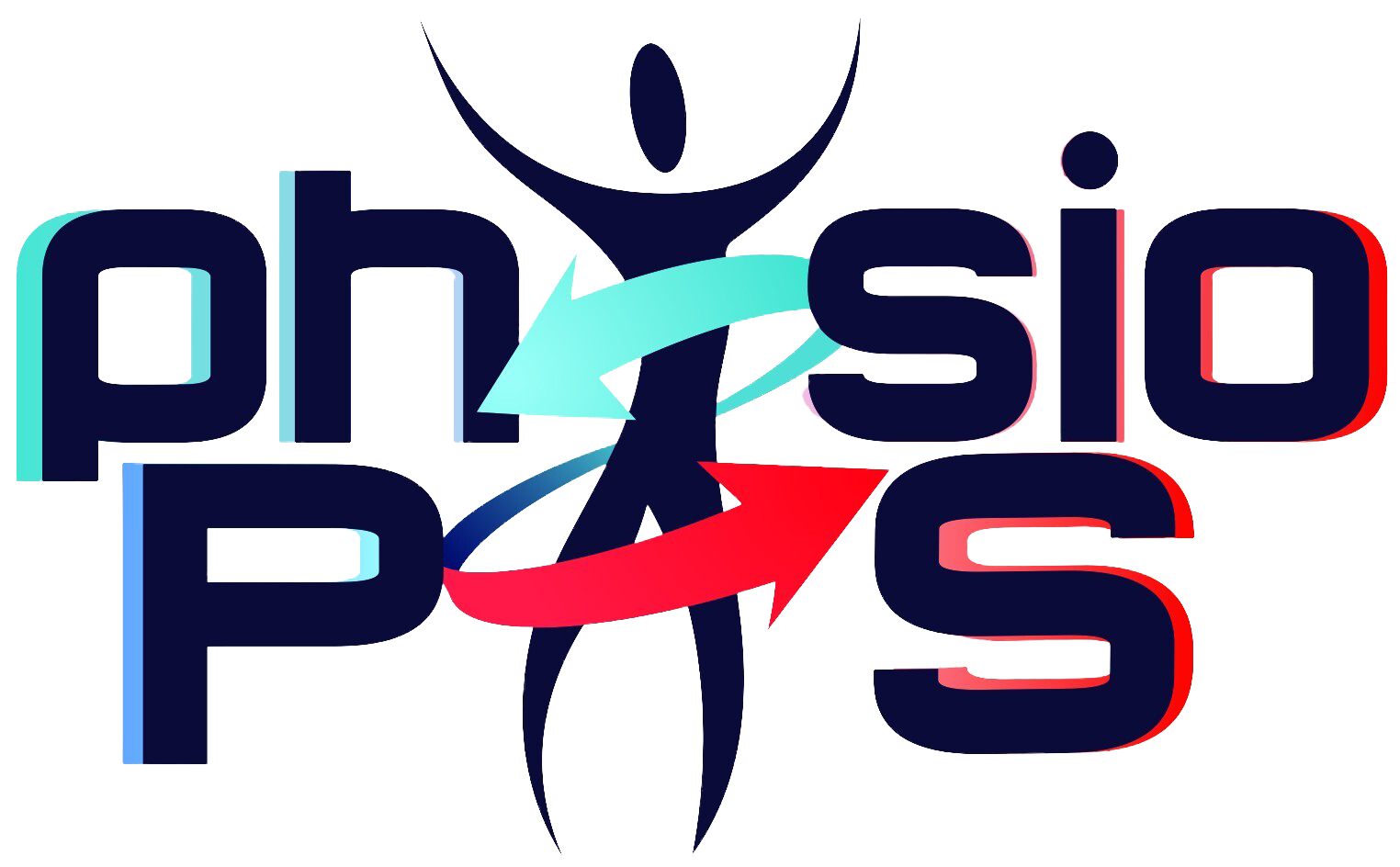Autonomic Nervous System Monitoring: Failed Clinical Utility
As the title may suggest the use of ANS monitoring may not lead to accurate clinical diagnosis and treatment for many ailments. What is missing from this title is the fact that without measuring the Parasympathetic nervous system in total and independently, a correct diagnosis would not be provided. This problem exists in the industry […]
Autonomic Nervous System Monitoring: Failed Clinical Utility Read More »


